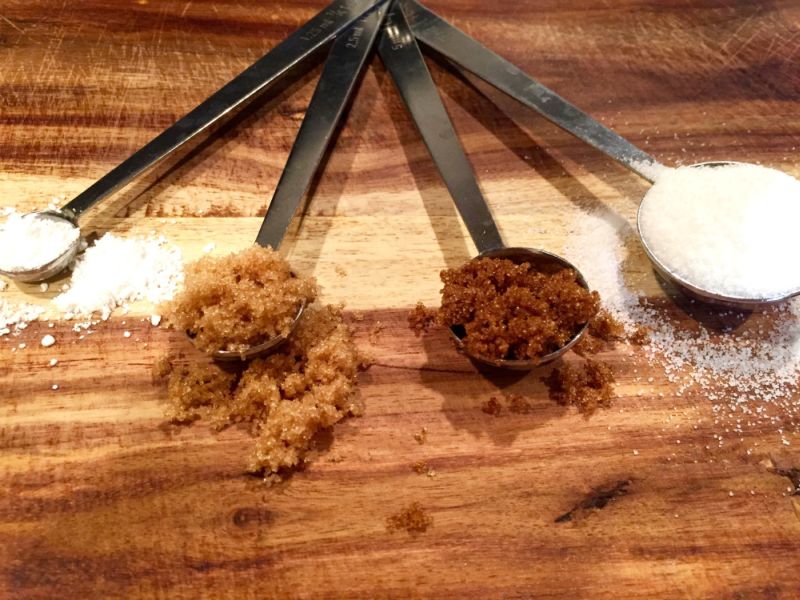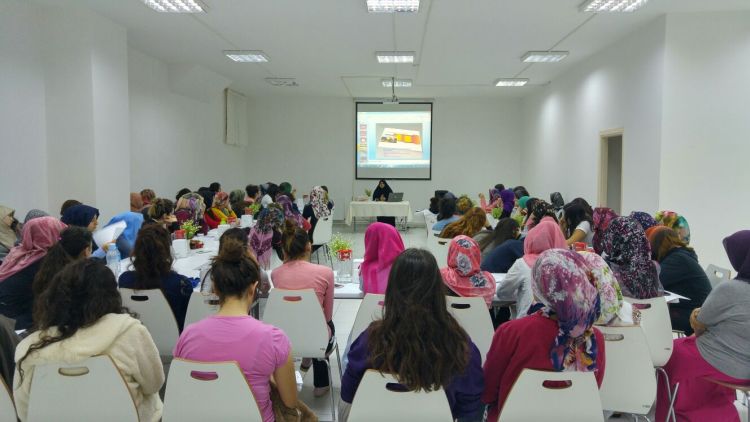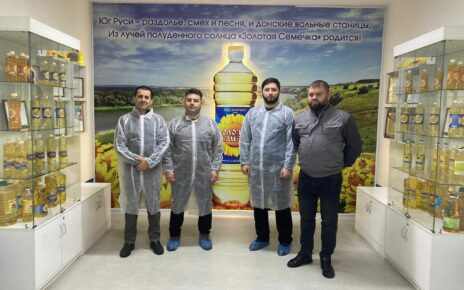Mankind’s first acquaintance with sugar dates back to ancient times. In India and China, the ancient Greeks and Romans produced sugar from sugar cane.
With the expansion of their empire, the Arabs started sugar production in regions such as North Africa and Spain. Sugar thus entered Europe in the Middle Ages. Until the 18th century, sugar produced only from sugar cane was a luxury product, but after the 18th century, when the Germans introduced sugar production from sugar beet, it became cheaper and became a widely consumed product.
Later, synthetic sweeteners such as aspartame and acesulfame emerged, and people’s health problems gained a new dimension. Natural and synthetic sweeteners that we use in our daily applications are one of the most important issues that occupy today’s people. The subject is not only a scientific issue. In fact, it has become a subject that has become a commercial competition between countries and companies rather than a scientific one.
We have examined the subject of artificial sweeteners in our previous article.
In this article, we will focus on sucrose, glucose and fructose.
Firstly, let’s get to know some concepts. The main substance in beet sugar and cane sugar is sucrose. Corn and starch based sugars are glucose and fructose based.
Sucrose: Sugar found naturally in beetroot and cane sugar.
Glucose: Glucose, a natural sugar, is found naturally in many fruits and honey and has no harmful aspects with normal consumption.
Fructose: It is a 6-carbon monosaccharide sugar found naturally in many nutrients.
Saccharose
It is a food substance used as a sweetener. Sucrose is the most important sugar in plants. Sugar cane and sugar beet are mostly used to obtain sucrose. The main reason for using this sugar is that it has flavouring and thickening properties. Sucrose is used extensively in jams, biscuits, cookies, cakes, pies, confectionery, sorbets, flour/dairy desserts and many additives.
Sucrose is an easily digestible food. This means an easy source of energy for the body. After the stomach, it starts to mix into the blood in a short time in the small intestine. However, a balanced diet consisting only of pure sucrose is wrong. Excessive sucrose intake also causes some discomfort. These include diseases such as tooth decay. In addition, foods containing sucrose can cause obesity and diabetes. In an experiment on guinea pigs, it was observed that guinea pigs fed with sucrose first increased blood sugar and triglycerides increased, causing insulin resistance.
Glycose
Glucose, a simple sugar, is one of the most important carbohydrates for life.
Cells use it as a source of energy and as an intermediate product in metabolic reactions. Glucose is one of the main products of photosynthesis and cellular respiration begins with it.
Glucose is a type of sugar, produced in the food industry by enzymatic hydrolysis of starch. Many agricultural crops can be used as starch sources.
Corn, rice, wheat, potatoes, cassava, arrowroot, sagu are used in various parts of the world.
Glucose is an indispensable substance for the human and animal body. Energy, vitality and the synthesis of some chemical substances are achieved by the breakdown of glucose. It is found in grapes and almost all fruits. It is free in honey. Glucose is also found in the blood and urine of diabetics. Intensive use of glucose produced in industry causes the disorders we mentioned in sucrose.
Fructose
It is a simple sugar found in many foodstuffs. It is found naturally in tree fruits such as honey, cherries, tree strawberries, blackberries and root vegetables such as sweet potatoes, beetroot, carrots and onions. It is usually found in combination with glucose and sucrose.
Glucose syrups are used in most applications of confectionery, biscuits and bakery products, processed convenience foods, jam, halva, ice cream and Turkish desserts. They show different functional properties in different applications. High fructose syrups are used as sugar substitutes in the soft drink industry. Similarly, they are used as colourants in bakery products and biscuits.
The most important problem with corn and similar starches used in the production of these sweeteners is the high probability that they are produced from genetically modified products and the origin of the activated carbon used in the purification stage during production. If activated carbon made of pine wood is used and if it is produced from beet sugar or corn and similar products whose genetic structure has not been changed, the suspicious situation is eliminated.
In the EU, corn, potato and wheat starches are used as raw materials in the production of starch-based sugars. In addition, corn starch is preferred in the USA, Korea and South Africa, wheat starch in Australia and cassava (tapioca) starches in South America and some Asian countries. Corn is also used as raw material in the starch industry in our country.
As we mentioned at the beginning of our article; Instead of being a scientific subject, the subject has become a subject that stands out in terms of commercial competition between countries and companies rather than being a scientific subject, so information pollution has occurred in people’s minds.
The producers and sellers of these products are trying to create perception on consumers by taking some mercenaries disguised as academicians, practitioners and merchants behind their backs and vilifying the products they do not produce.
We say that these natural sugars are neither dangerous substances that can cause death, nor are they completely innocent substances. Let us try to use natural fruits as much as possible to flavour our foods.
In order to be protected from products with haram or harmful processes emerging in the production technologies of our century, let us pay attention to the fact that they are GIMDES Halal and Tayyib Certified. For this, let’s prefer HALAL DUNYA MARKETS in our shopping.





